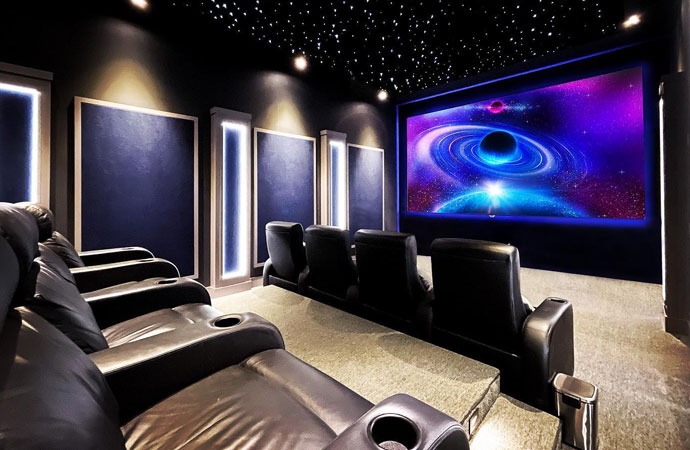Maximizing Security and Surveillance Efficacy Through Tactical Surveillance Camera Positioning in Commercial Environments
Maximizing Security and Surveillance Efficacy Through Tactical Surveillance Camera Positioning in Commercial Environments
Blog Article
Within current shopping settings, safety is a top priority for store proprietors and supervisors. One efficient method to improve security and surveillance is through the strategic installation of security cameras. These devices not just help prevent theft and criminal acts but also offer valuable proof in instances of incidents. By understanding the optimal spots for camera placement, store owners can maximize their effectiveness and create a safer shopping experience for customers and employees alike.
The first action in successful camera placement is to identify vulnerable zones within the store. These locations typically include entrances and exits, checkout counters, and sections where high-value items are showcased. By installing surveillance devices in these locations, retailers can observe shopper actions and spot suspicious activities. Additionally, surveillance systems at entry points can record images of individuals coming into and leaving the retail space, which is crucial for recognizing possible thieves. This proactive strategy helps in reducing theft and ensuring a secure environment.
A further key factor is the type of camera used in the retail environment. Various types of cameras fulfill different purposes. For example, dome-shaped cameras are often used for internal monitoring because they are more noticeable and can cover a wide area. On the other hand, bullet-style surveillance cameras are best for official source external use, as they are more visible and can deter criminal behavior. Store owners should evaluate their particular requirements and select the appropriate camera types to ensure comprehensive monitoring of the retail space.
Along with surveillance camera models, the position and elevation at which cameras are installed play a crucial part in their efficacy. Surveillance devices should be set at a level that allows for clear visibility of individuals and actions without being readily tampered with. A common suggestion is to mount surveillance devices at least eight to ten ft off the floor. Furthermore, surveillance devices should be tilted to monitor as wide area as possible while avoiding blind spots. This strategic installation guarantees that all areas of the store are monitored, offering a full view of customer interactions and possible safety threats.
Finally, it is crucial for retailers to consistently assess and maintain their surveillance systems. This entails inspecting camera functionality, confirming that footage are clear, and updating programs as required. Regular maintenance helps to avoid mechanical issues that could compromise safety. Additionally, store owners should analyze recordings regularly to identify patterns in shopper actions and potential security threats. By remaining proactive and mindful to their monitoring systems, retailers can create a more secure retail environment and protect their resources effectively.